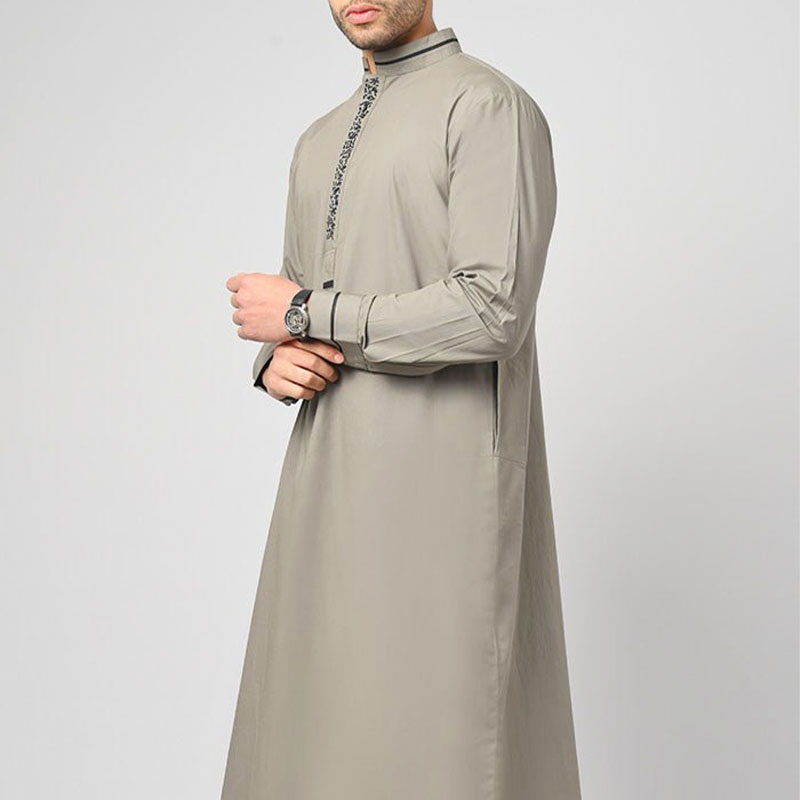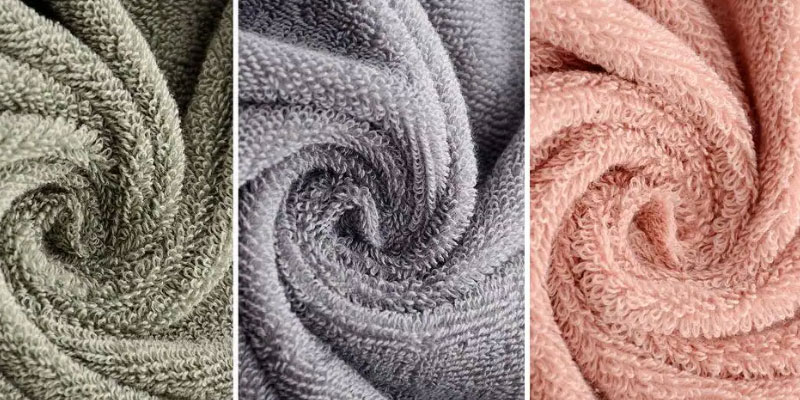
1:What’s is the Muslim Robe?
For Muslims, a community rooted in Islam, the traditional thobe carries profound cultural significance. This garment not only serves practical needs in adapting to climatic conditions but also functions as a symbol of identity within Muslim societies. In nations such as Dubai and the United Arab Emirates, the traditional thobe remains deeply cherished by locals, evolving into a distinctive cultural phenomenon.
2.The Difference Between White and Black Robes
What, then, is the difference between the white robe and the black robe? In Muslim culture, the black robe is often favoured by women, designed to conceal the female form. These robes feature intricate patterns that add a distinctive flair to the fashion world. For Muslim women, the black robe becomes an essential choice whenever they step outside, enveloping them from head to toe. The Muslim white robe, as men’s everyday attire, often requires bespoke tailoring to showcase its distinctive charm. Crafted from soft, comfortable fabrics like cotton-linen blends or silk, these white robes not only offer a delicate texture but also convey an aura of nobility, grandeur, and steadfastness. Simultaneously, the pure white symbolises the purity of heart and noble character of Muslim men. It is worth noting that within Muslim culture, whether attending government offices, participating in significant events, or even navigating public spaces in daily life, the wearing of a turban and robe is mandatory. This practice serves to manifest both faith and dignity.
3.Characteristics and Significance of Men’s White Robes
In Dubai, wearing a white robe is not merely a fashion choice but a symbol of status. Observing the white robes worn by Dubai’s gentlemen offers insight into their social standing. Typically, Dubai’s sheikhs and princes, such as Hamdan bin Mohammed Al Maktoum, opt for musilin dress to emphasise their noble status. To discern the rank of a Dubai gentleman, one may consider the following two aspects:
- The cleanliness of one’s white robe reflects their standard of living. For instance, peasants from impoverished households, who engage in daily farm labour, find it difficult to maintain the pristine condition of their robes. In contrast, some Arabs carry multiple sets of white robes when travelling, promptly changing into a fresh one should any stain or crease appear.
- The fabric composition of the white robe is equally noteworthy. Variations in material density, weight, and fibre proportions directly influence the wearing experience. Premium robes typically exhibit excellent drape, superior breathability, and a naturally comfortable fit. By observing and experiencing these details, we gain deeper insight into the distinctive qualities of the Muslim white robe.
Related posts









